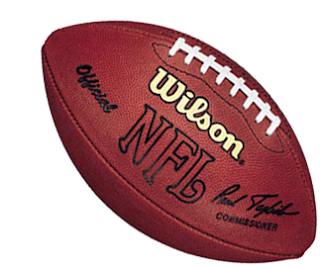That's were this weeks article comes in.
 |
| photo from ifood.tv |
1. Chili - spicy, greasy, meaty, starchy - got to go with a nice Lager Beer, Fruity Zinfandel, or even a Beaujolais (Gamay grape variety)
2. Pizza - a mixture of flavors, spice, cheese, sauce - Beer, Chianti, Barbera, or Zinfandel
3. Meatballs or cocktail wieners, in sauce - could be BBQ, or tomato sauce - Beer, Zinfandel, Chianti (Sangiovese grape variety)
4. Salsa - spicy, acidic, vegetables - Lager Beer, Sauvignon Blanc, Riesling, Zinfandel, Margaritas
5. Ribs - meaty, grilled, sauce or dry rub - Beer, Zinfandel, Riesling (with pork ribs) Rose
6. Buffalo Wings - spicy, greasy - Beer, Rose, Sparkling Wine, Zinfandel
7. Spinach Dip - vegetal, creamy - Sauvignon Blanc, Beaujolias
8. Guacamole - creamy, mouth coating - Beer. Sparkling wine, Sauvignon Blanc (New Zealand, or Chile)
9. Quesadillas - starchy, cheesy, spicy - Beer, Chardonnay, Sauvignon Blanc, Sparkling Wine
10. Artichoke Dip - vegetal, creamy - Sparkling wine, Rose (go with a dry style as artichokes make wine taste sweeter).
11. Nachos - starchy. cheesy - Beer, Margaritas, Sparkling wine, Zinfandel
12. Hot Dogs, or Pigs in a Blanket - Beer, Rose, Zinfandel, Riesling
13. Deviled Eggs - creamy mouth coating - Sparkling wine or Sauvignon blanc
14. Hoagie/Submarine sandwich - Beer, Soda, Zinfandel, Beajolais
15. 7-Layer Dip - mouth coating, mix of ingredients - Beer, Margarita, Malbec Riesling, Zinfandel
16. Baked Beans - Beer, Shiraz, Zinfandel
17. Hamburgers - Beer, Beaujolais, Cabernet Sauvignon, Zinfandel
18. Doritos - can be plain or spicy - Sparkling wine, Zinfandel, Beer
19. Popcorn - buttery, salty - Sparkling wine
20. Chex Mix - salty - Beer, Sparkling wine.
So, let's look at the count....if you are holding a Super Bowl party, Beer must be on your beverage menu, and if you must pick a style, go with Lager. The next must have is Zinfandel. Go with a lighter, fruitier version. Next would be a sparkling wine. Personally, I wouldn't spend the money on a fine French Champagne for the items on the food list. But luckily there are some decent priced sparklers out there. Next, it is close as to which white wine. You can't go wrong with Sauvignon Blanc, or Riesling (go with a dry version from Alsace or California). So you have beer, red, sparkling and white, let's add a dry Rose, and we should have it covered. For those that don't drink, add some soda. And for those that want something a little heavier, add some Tequila and margarita mix, and you are well on your way to satisfying everyone's needs.
Time for the Super Bowl....who are you picking? Giants or Patriots?
















